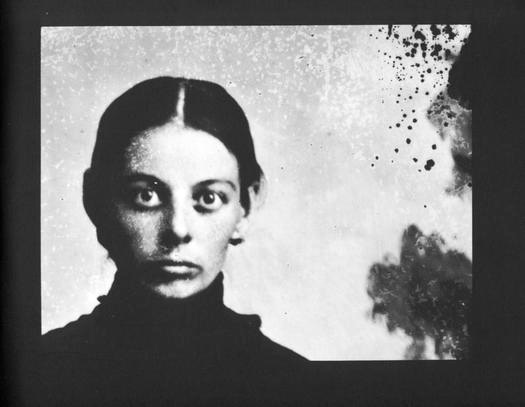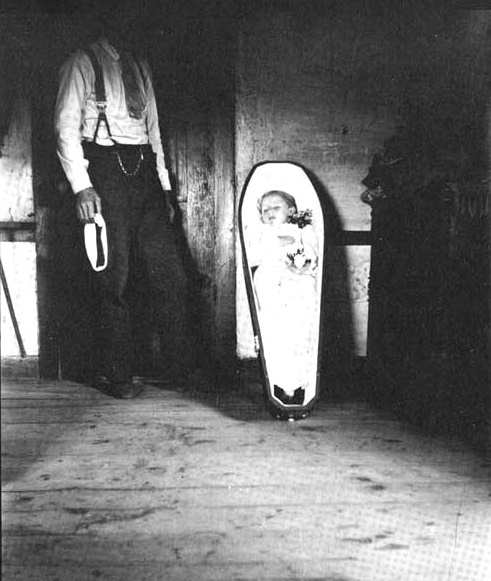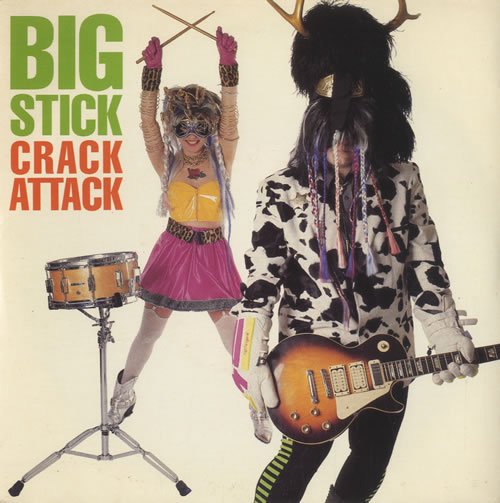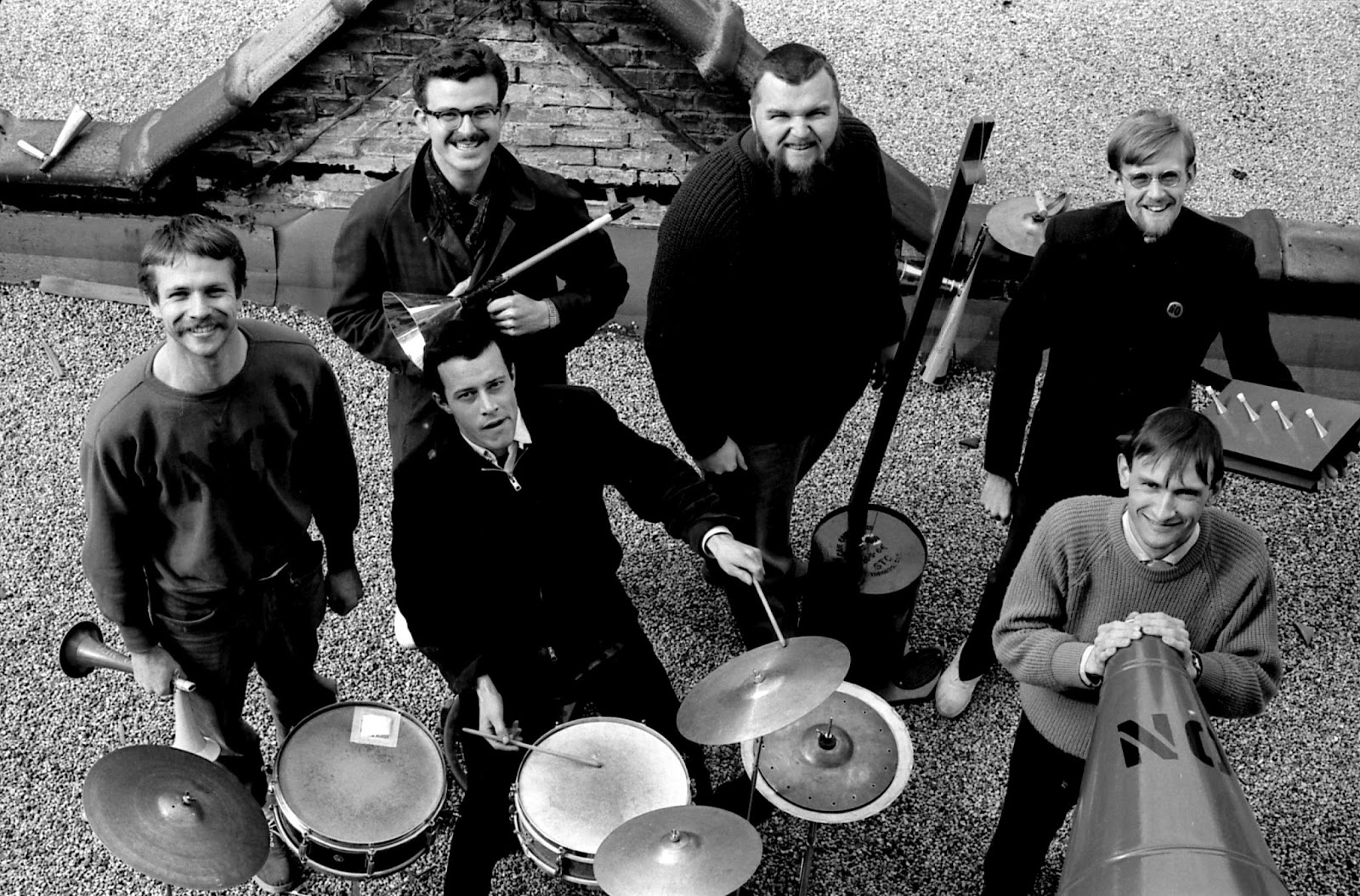
The Vietnam era (roughly 1964 to 1975) is commonly considered the best years rock music ever had. It began with the Beatles and The Stones ended with Led Zep and well, The Stones, to say nothing of monsters like The Doors, Hendrix, Black Sabbath, Bowie, Pink Floyd, Fleetwood Mac, you get the picture. Before stumbling under the weight of feisty newcomers like punk and disco, “classic rock” ruled the airwaves, packed stadiums, fomented revolution in the streets and served as the soundtrack to a nearly endless jungle skirmish a world away that found teenage kids from middle America torching villages in Saigon and getting tortured and slaughtered by an enemy they did not understand in a fight they did not start. The country they came back to was undergoing its own war, one of class and race and sexual orientation, with assassination in place of napalm carpet bombs. It was barely recognizable by the time many of the soldiers finally made it home. And they were barely recognizable to their own families. If it wasn’t for the righteous jams, I don’t think anybody would’ve survived it.
But here’s the thing: while there was plenty of music made in ‘Nam era, how much of it was made by people who actually fought in the war? For whatever reason, Vietnam vets did not form a lot of bands when they came home. Jimi Hendrix and The Doors’ Ray Manzarek were both discharged before getting shipped off. Creedence main man John Fogerty was in the reserves. And that’s about it. Dudes with guitars were just not clamoring to sign up for the war in 1972 and when they came home, for the most part, they left the plucking and humming to the draft-dodgers.

Ed Bankston rocks the aircraft carrier.
But in 1983, a half-dozen years after the ill-fated “military exercise” had wheezed to a halt, a former Vietnam Vet decided it was high time somebody made a rock record about the horrors of jungle combat. Somebody who was there. And that’s just what Ed Bankston did. After serving in the war as a mechanic on an aircraft carrier, he returned home to Florida, picked up his guitar and started writing songs about his experiences, as well as the experiences of other vets he had met along the way, including the teenage marine that inspired “Firefight,” a vivid account of what it’s like to fight—and survive—in jungle warfare. Bankston found a band to back him up and started performing locally as The Red Rippers—an homage to a Naval squadron he had worked with.
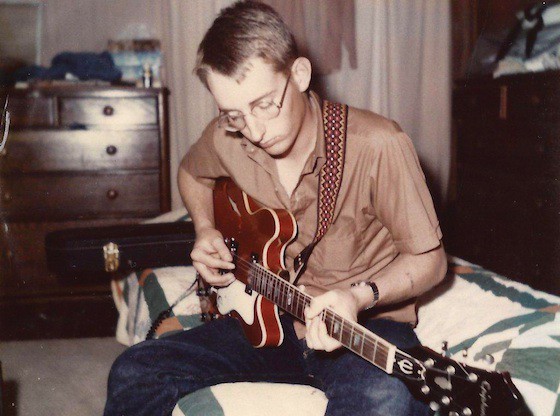
Bankston writing Rippers jams, early 80s.
Eventually the band got around to recording their songs and Bankston self-released them on Over There…And Over Here. The album is affecting for many reasons, but one of the most notable is the tone of songs like “Body Bag,” “Who Remembers?” and “The Dark and Bloody Road.” There’s no macho, patriotic chest-thumping on this record, but there isn’t any bottled-up rage, either. It’s the melancoly sound of resignation, of sadness, the sound of a man who fought for his country and was thoroughly disappointed with the results. It’s brutally honest in a very low-key, disarming way. It’s raw and real and poetic, but it’s also kind of a breezy southern rock record, too. A real head-spinner.
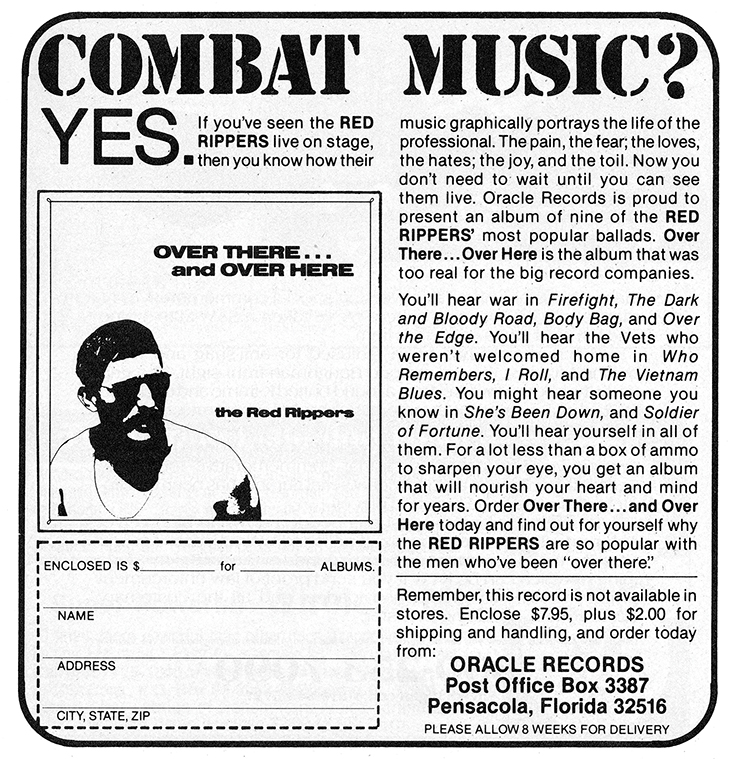
The original Red Rippers ad as seen in Soldier of Fortune magazine
Bankston originally planned on using the album to shop around for a record deal, but in the meantime he sold them through ads in Soldier of Fortune magazine. Sadly, no money men were interested in the band’s fuzzy country-boogie and barroom rock n’ roll, and when no labels came knocking, Bankston gave up on rock and faded into the grind of the 9 to 5 world. And that was basically that. In 2013, the consistently compelling Paradise of Bachelors label discovered and re-released Over There…And Over Here, finally giving a now 60-something Bankston the kind of reach he’d always wanted. He didn’t get the band back together but seemed happy about it nonetheless.
Almost every song you’ve ever heard about Vietnam from Country Joe’s “I Feel I’m Fixin’ to Die Rag” to the Charlie Daniels Band’s ‘82 eye-roller “Still in Saigon” was created by dudes who never served in the war. If nothing else, Red Rippers deserves your attention for being the real thing.
Listen to Red Rippers after the jump…









.jpg)


